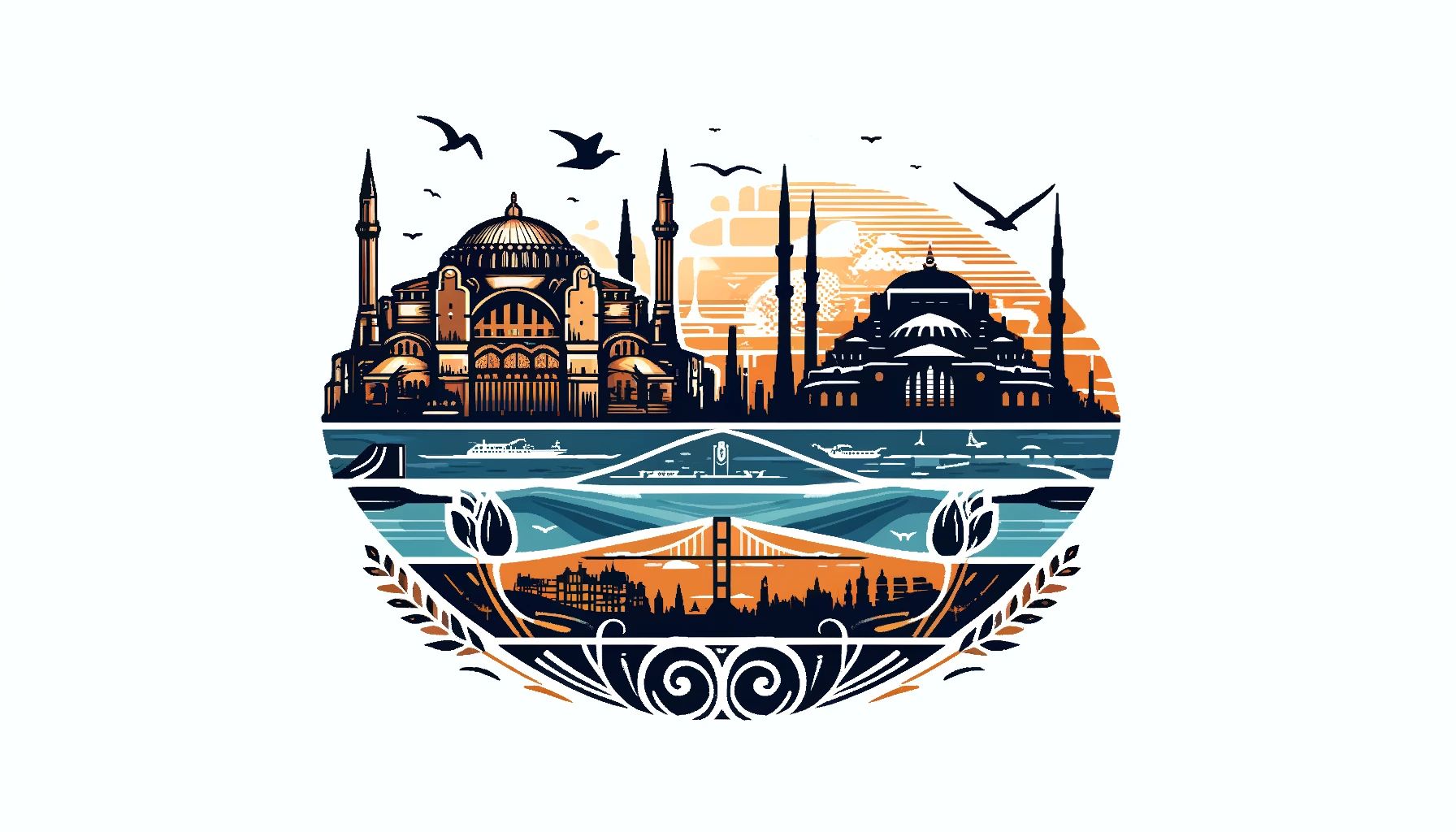The Blue Mosque, also called the Sultan Ahmed Mosque in Istanbul, is a breathtaking example of architecture built between 1609 and 1616 during Sultan Ahmed I’s rule. Famous for its beautiful blue tiles and six tall towers called minarets, this mosque attracts visitors with its peaceful feel, big domes, and beautiful writing. Exploring this place is a wonderful way to experience the mix of Ottoman and Islamic art.
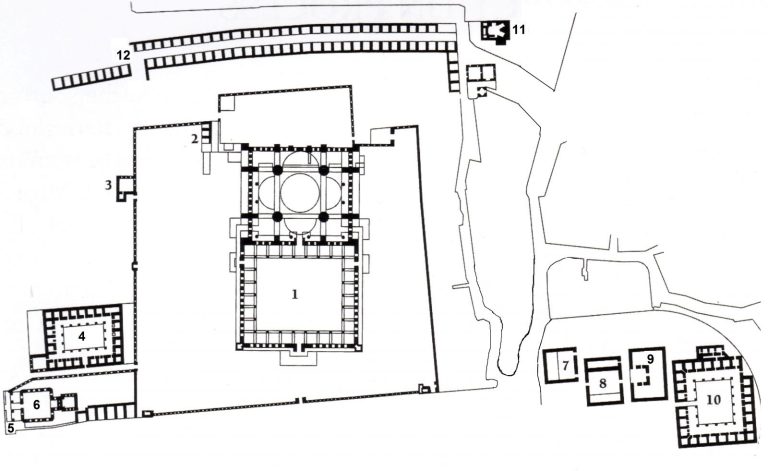
Building of the Blue Mosque starts under Sultan Ahmed I.
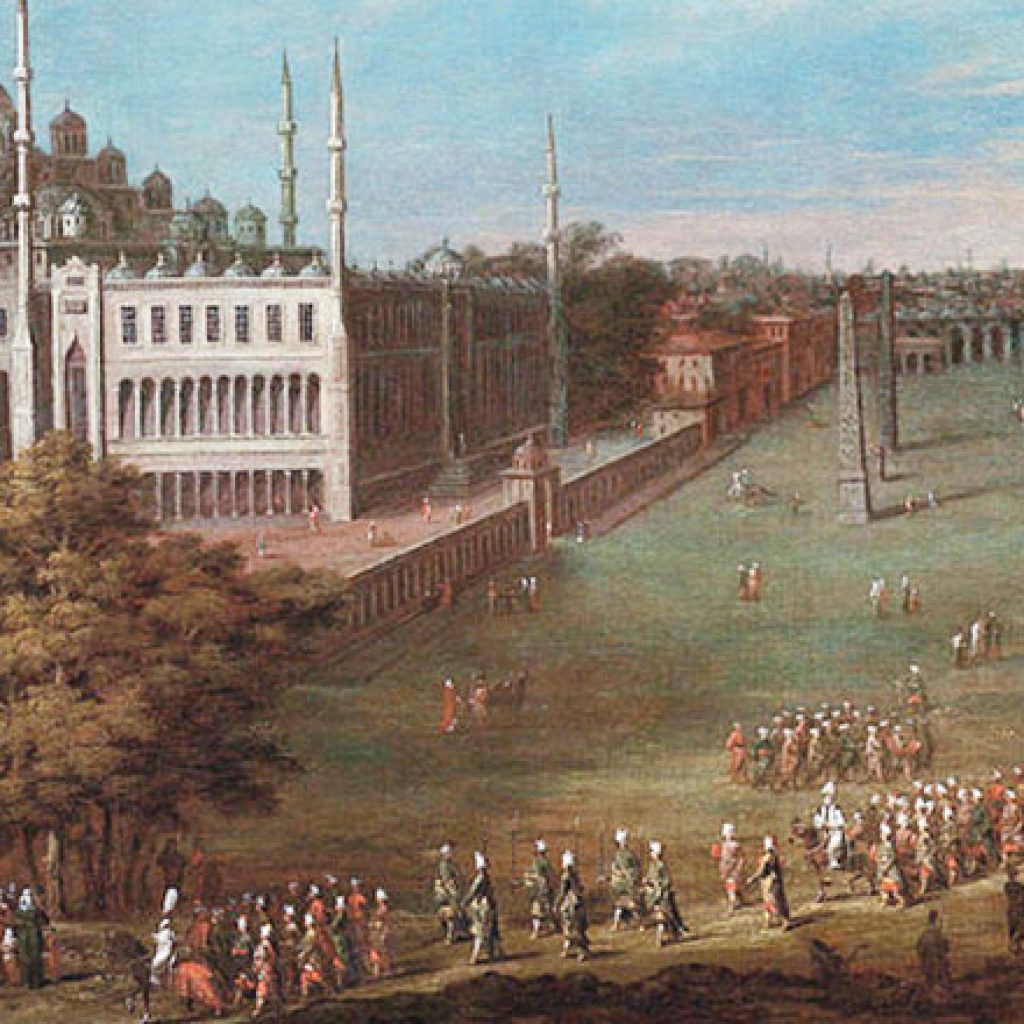
The Blue Mosque is finished and opens for prayers.
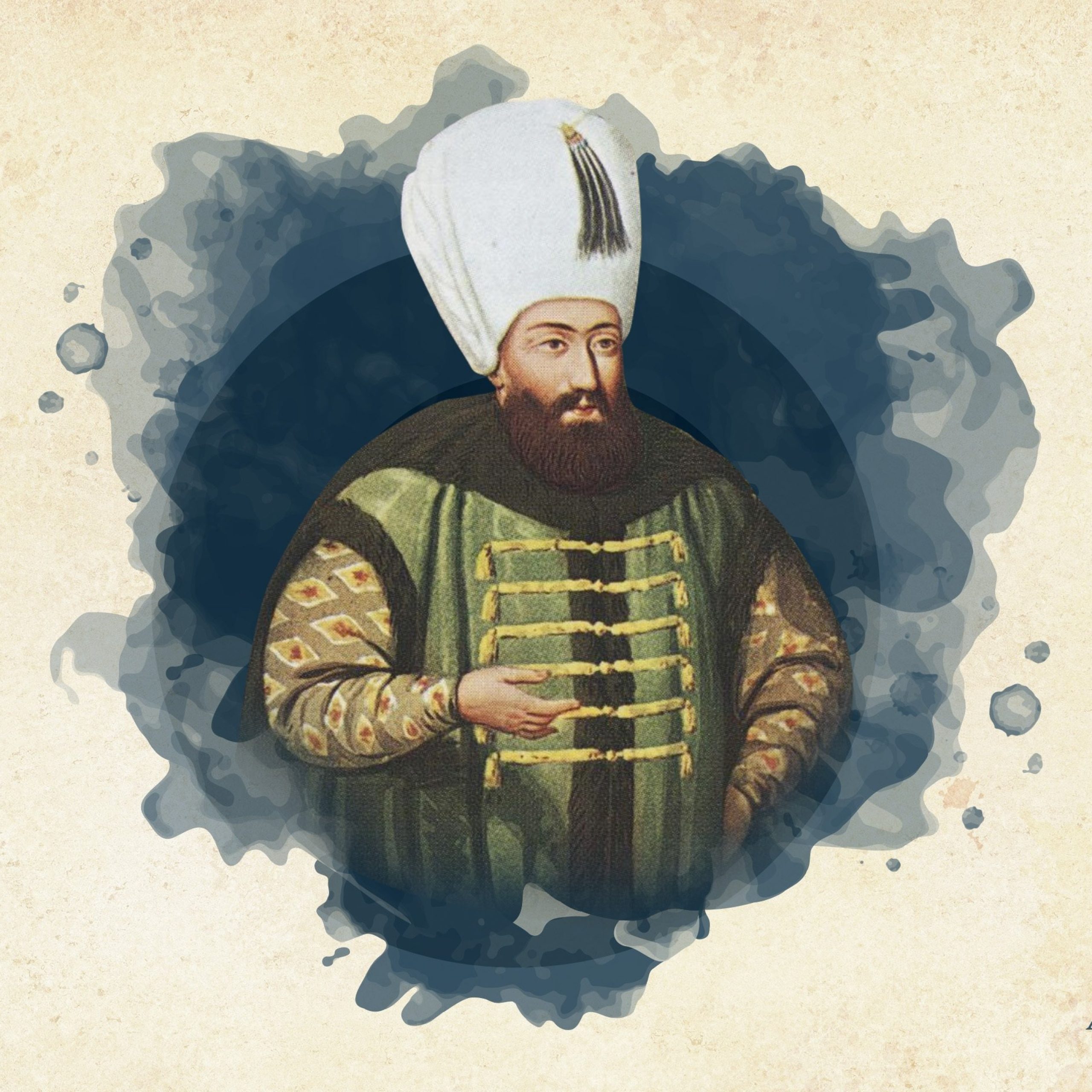
Sultan Ahmed I dies not long after the mosque is completed.
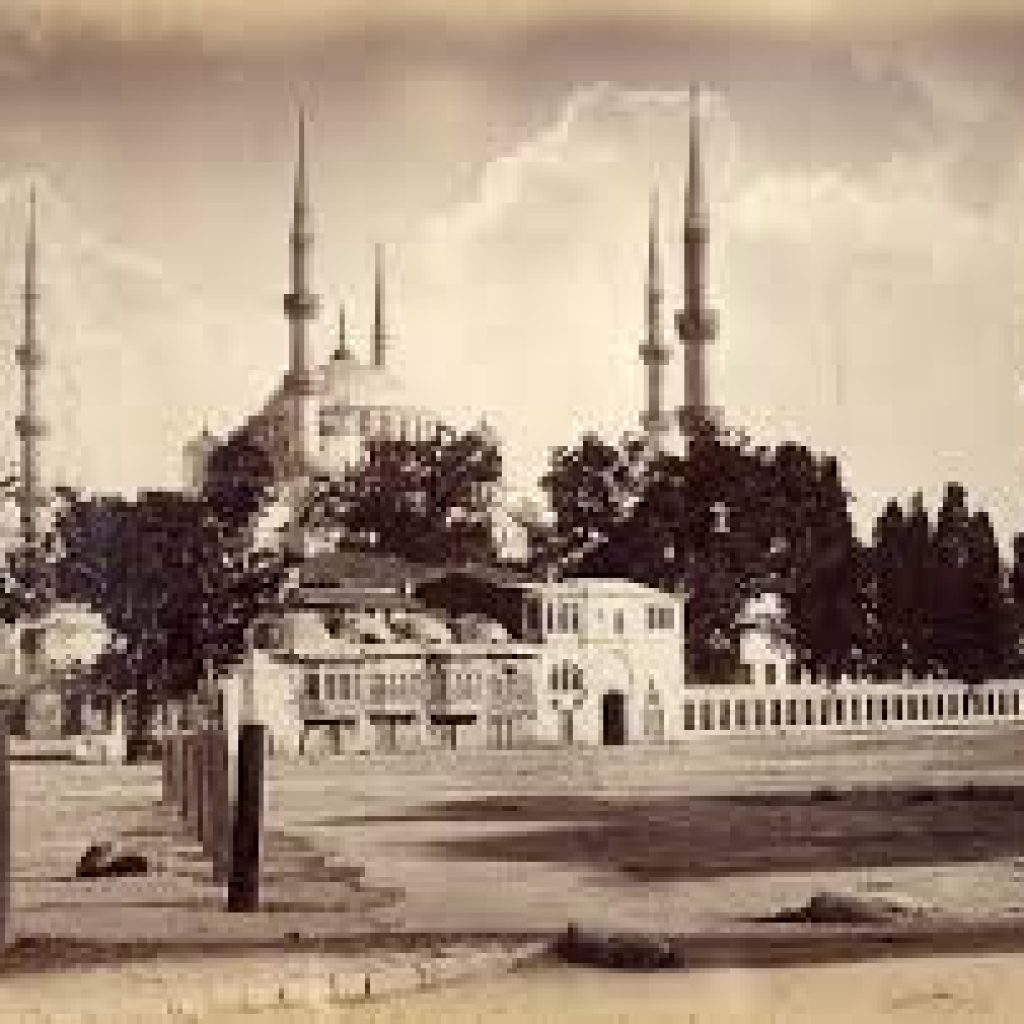
The Blue Mosque opens again to everyone after the repairs.
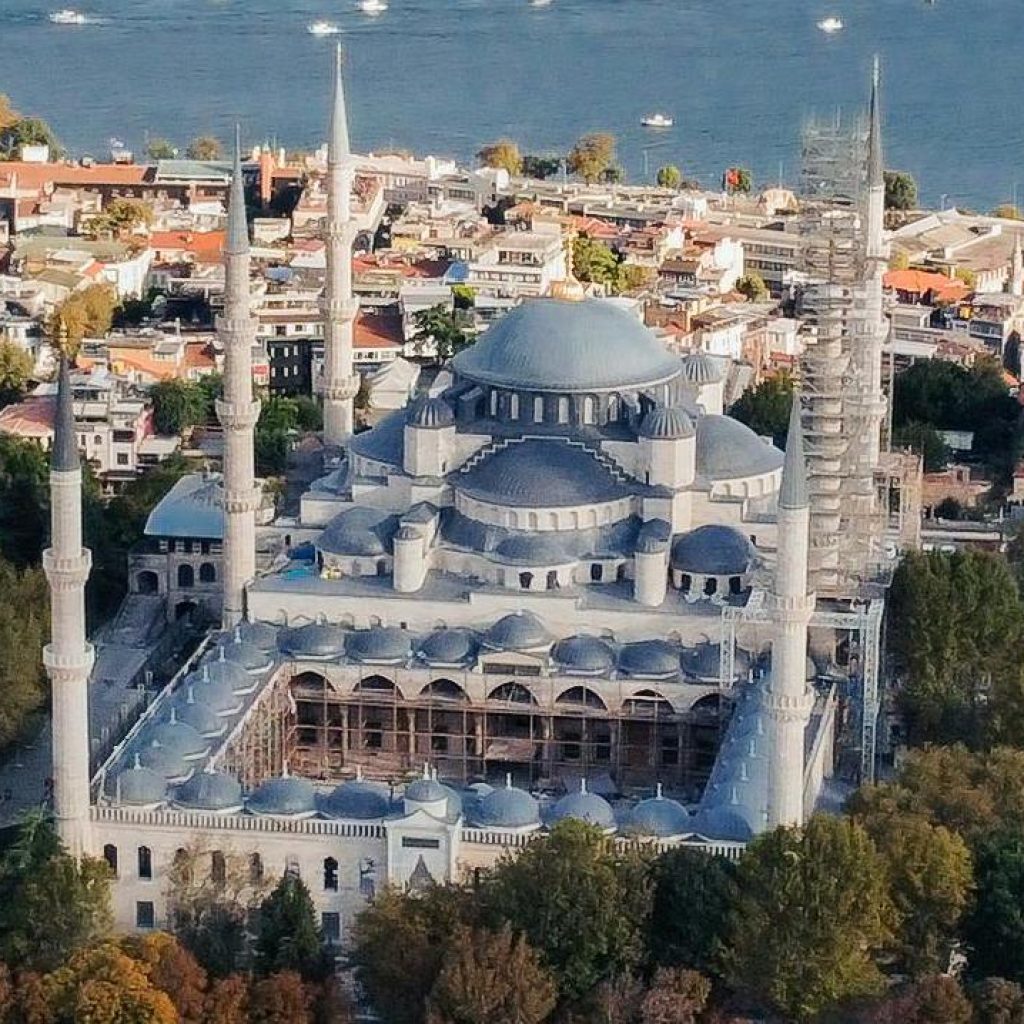
Today, the Blue Mosque is still used for prayers and visited by many people as a famous sight.
The Blue Mosque was commissioned by Sultan Ahmed I to show the strength of the Ottoman Empire after some military losses. The mosque was designed by the famous architect Mehmet Aga. Known for its detailed designs and clever use of light and space, it was built between 1609 and 1616. Many skilled workers contributed to making this beautiful building, which showcases the artistic excellence of the Ottoman Empire at its peak.
Completed in 1616, just before Sultan Ahmed I died in 1617, the Blue Mosque is a powerful symbol of his time as ruler. It stands as a celebration of Ottoman architecture and culture, showing the grand vision Sultan Ahmed I had.
From 1934 to 1952, the Blue Mosque went through major repairs to keep its beauty and structure. These repairs fixed damages, cleaned up the famous blue tiles, and kept the beautiful writings looking good. It reopened in 1952, reminding everyone of its importance as a cultural and architectural jewel.
For hundreds of years, the Blue Mosque has been a special place for prayer and quiet reflection. As one of Istanbul’s key landmarks, it represents the incredible skill of Ottoman builders and is a vital part of Turkish culture. Its lasting charm continues to draw both people who come to pray and visitors, helping to keep Istanbul’s heritage alive and giving everyone a peek into Turkey’s rich history.
Construction of the Blue Mosque began in 1609 under Sultan Ahmed I, who wanted to build a mosque more impressive than even the famous Hagia Sophia. The task was given to Mehmet Ağa, a well-known Ottoman architect skilled in designing spaces that beautifully handle light and intricate details.
Mehmet Ağa used ideas from Byzantine, Seljuk, and Ottoman styles to create a unique and beautiful design. It took seven years and thousands of skilled workers to complete the mosque.
The inside of the mosque is decorated with over 20,000 stunning Iznik tiles in shades of blue, green, and turquoise. The main dome of the mosque is huge, about 23.5 meters across and 43 meters high, showing off the skill of Ottoman engineers. The mosque also has six tall minarets, which is unusual and was inspired by the Prophet’s Mosque in Mecca.
Today, the Blue Mosque is a famous symbol of Ottoman art and an important part of Turkish culture. It is listed as a UNESCO World Heritage Site and is one of the top mosques in the world. The mosque is still used for prayers, but it is also open for tourists to visit.
The mosque was built in the 17th century and is named for the beautiful blue tiles on its interior walls. These tiles were made in Iznik, a city in Turkey known for its pottery. There are more than 20,000 of these tiles, featuring floral designs and writings.
The Blue Mosque is a must-see for anyone visiting Istanbul. It’s not only beautiful and full of history, but it’s also located in the Sultanahmet district, close to other famous sites like the Hagia Sophia and Topkapi Palace.
The Blue Mosque, also known as Sultan Ahmed Mosque, is a big symbol of the Ottoman Empire’s greatness during Sultan Ahmed I’s rule. Completed in 1616, it shows the empire’s cultural and artistic high points.
The Blue Mosque was finished in 1616, making it over 400 years old.
It took about seven years to build the Blue Mosque, starting in 1609 and finishing in 1616.
Sultan Ahmed I built the Blue Mosque to boost the Ottoman Empire’s image after some military losses. The mosque’s grand design was meant to show the empire’s strength and cultural depth.
Mehmet Aga, a famous Ottoman architect, designed the Blue Mosque. He used a mix of Byzantine, Seljuk, and Ottoman styles to make a unique look.
Sultan Ahmet I, who was the main supporter of the Blue Mosque, is buried in a tomb on the north side of the mosque facing Sultanahmet Park. He became emperor at 13 and died at 27 in 1617. His tomb was built between 1617 and 1619 and is decorated with beautiful İznik tiles, similar to those inside the mosque.
The Blue Mosque was built from 1609 to 1616 by the architect Mehmet Ağa, who was chosen by Sultan Ahmed I. The mosque was meant to show the power of the Ottoman Empire and to match the grand Hagia Sophia, which is right across from it in Sultanahmet Square.
The Blue Mosque mixes Byzantine, Seljuk, and Ottoman styles. Its design features a big dome, tall minarets, and beautiful blue tiles.
The Blue Mosque’s history includes its initial construction under Sultan Ahmed I and later restorations in the 20th century that kept its beauty intact.
The Blue Mosque is a key part of Istanbul’s identity, showing the city’s rich history and attracting visitors from all over the world.
Yes, there are guided tours available that explain the Blue Mosque’s history and show off its architectural details.
